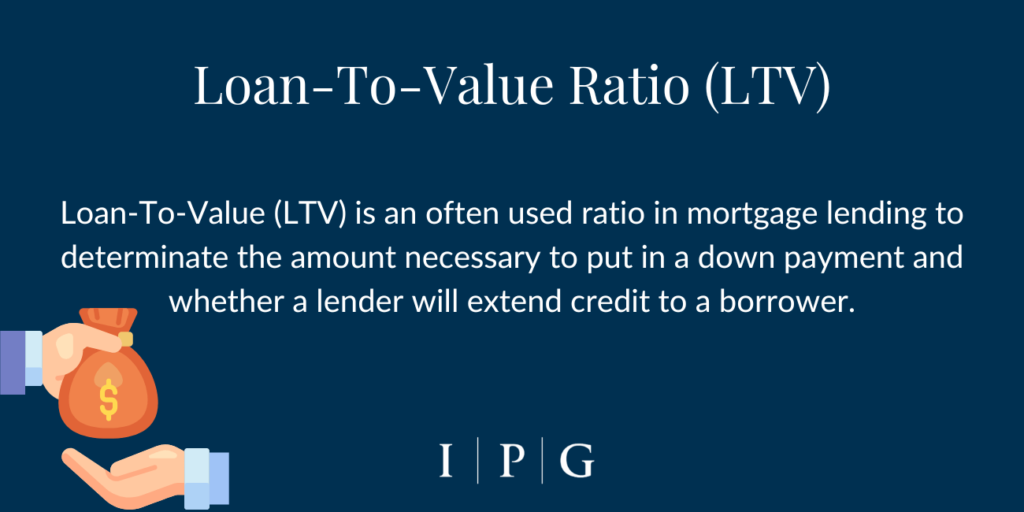Master Lease Agreement Explained

Understanding a Master Lease Agreement (MLA) is essential for landlords, tenants, and investors in commercial real estate. This guide breaks down what a master lease is, how it works, and the advantages and risks for all parties involved.
Whether you’re an experienced investor or just starting in master leasing, grasping this concept can help you make smarter, more profitable real estate decisions.
What Is A Master Lease Agreement
A Master Lease Agreement is a contractual arrangement between two parties, typically a property owner (lessor) and a tenant (lessee), where the lessee gains control of the property and assumes responsibility for managing it, often subleasing portions of it to third parties.
Essentially, a master lease allows someone to operate and profit from real estate without owning it. This model is widely used in commercial real estate, hospitality, and multi-tenant properties — offering flexibility and potential cost savings compared to traditional leasing.
Different Types of Master Leases
In simple terms, the master lease meaning refers to an arrangement that lets a tenant take over management and rental operations of a property while paying fixed or performance-based rent to the owner.
There are two main types of master leases:
- Performance master lease agreements entail the lessee paying the property owner a percentage of sublease rents.
- Fixed master lease agreements involve regular lease payments regardless of property subleasing.
In commercial properties, master lease terms vary, determining financial responsibilities. For instance:
- Gross master lease: All property costs are included in the rental fee, except taxes and insurance.
- Triple-net master lease: Lessees cover operating expenses (taxes, insurance, utilities) along with rent.
- Double-net master lease: Lessees pay a portion of taxes and insurance in addition to rent.
- Single-net master lease: Lessees pay rent and a share of property taxes.
Each structure defines who covers which costs — and the right setup depends on the property type and investment goals.
Typical Sections in Master Lease Agreements
A well-drafted master lease agreement in real estate typically includes:
- Lease; Term; Non-Interference
- Rent
- Net Lease; Disclaimer of Warranties
- Use; Maintenance; Location; Inspection
- Loss and Damage
- Lessee Representations and Agreements
- Insurance
- Indemnities; Taxes
- Return
- Remedies
- Title; Property; Additional Security
- Default
These terms define the relationship between the landlord and the master tenant, outlining who bears financial and operational responsibilities.
How Does Master Lease Agreement Work?
Here’s how a master leasing arrangement functions step-by-step:
- Agreement Setup: The landlord and master tenant sign a master lease agreement detailing rent, term, and responsibilities.
- Subleasing: The master tenant then subleases all or part of the property to other tenants.
- Rent Collection: The master tenant collects rent from subtenants and pays the agreed rent to the landlord.
- Management: The master tenant handles daily operations, maintenance, and tenant issues.
- Ownership: The landlord retains ownership and legal title while benefiting from stable rent income.
This structure allows the master tenant to profit from rent spreads while the property owner enjoys consistent income and reduced management duties.

Advantages of a Master Lease Agreement for the Buyer
- No Down Payment: Investors can control a property without immediate purchase.
- Improved Cash Flow: The master tenant retains surplus rent after covering lease obligations.
- Property Appreciation: Value increases can benefit the tenant through rent growth or buyout options.
- Fast Transactions: Closings often happen in days with minimal costs.
In master lease real estate, this strategy gives investors access to income-producing assets without traditional financing.
Advantages of a Master Lease Agreement for the Seller
- Guaranteed Income: Owners receive steady rent regardless of subtenant performance.
- No Management Duties: The master tenant oversees operations and maintenance.
- Faster Closures: Transactions move quickly and cost-effectively.
- Security: The landlord retains ownership and can reclaim the property in case of default.
For landlords, renting under a master lease offers a predictable revenue stream with less operational involvement.
Example Of Master Lease Agreement Deal
Imagine a $5 million retail property operating at 60% occupancy. You, as the investor, sign a master lease instead of purchasing outright. You invest $500,000 in upgrades, raise occupancy to 100%, and later exercise a purchase option at the original $5 million price.
After refinancing or resale at $7 million, your equity gain could exceed $1.5 million — all without initially owning the asset.
Why Master Leasing Matters in Commercial Real Estate
A master lease agreement bridges the gap between ownership and control. It allows investors to unlock property value, stabilize cash flow, and enter markets with less capital risk. For landlords, it delivers consistent income and reduced workload — a true win-win arrangement.
At IPG, we help clients structure and negotiate master lease agreements that align with their strategic goals. Our team brings decades of experience across leasing, investment, and advisory services — helping both landlords and tenants maximize value from every square foot.
Need guidance on a master lease agreement or commercial investment strategy?
Contact IPG today to connect with our experts.




